The three best affordable Milky Way stacking methods are Sequator (free), DeepSkyStacker (free), and manual Photoshop layer blending (subscription or one-time purchase). Sequator offers impressive speed and user-friendly controls with foreground freezing capabilities. DeepSkyStacker delivers professional results with advanced calibration options. Photoshop’s manual approach gives you complete creative control through alignment tools and layer masks. These techniques dramatically reduce noise while enhancing celestial details in your night sky photography.
Sequator: The Free Powerhouse for Milky Way Stacking
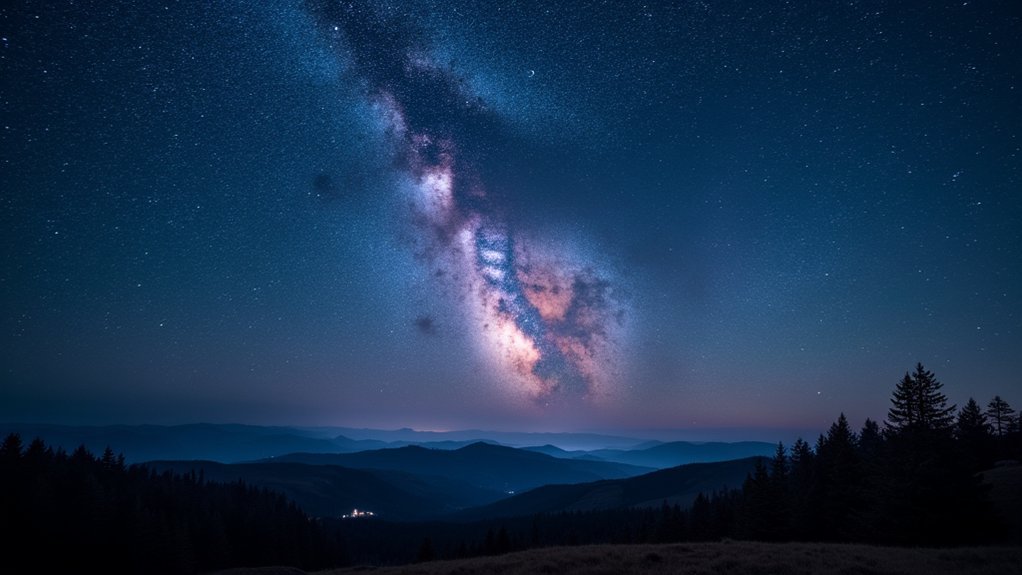
One of the most compelling options for astrophotographers on a budget is Sequator, a zero-cost solution that punches well above its weight class. This open-source software specializes in stacking images of the night sky, delivering impressive noise reduction without any financial investment.
You’ll appreciate Sequator’s user-friendly interface that streamlines your workflow, allowing quick image loading and region definition.
What sets it apart is its ability to “freeze” foreground details during the stacking process—perfect when combining landscape elements with the Milky Way.
The software’s superior processing speed outperforms many paid alternatives, making it ideal if you’re working with a less powerful computer.
For maximum image quality, you can enhance your Milky Way photography by combining stacked sky images with separate foreground exposures, revealing intricate celestial details.
DeepSkyStacker: Budget-Friendly Professional Results
Another heavyweight in the free astrophotography software arena, DeepSkyStacker delivers professional-caliber results without the premium price tag.
You’ll appreciate how it effectively combines multiple exposures to enhance your Milky Way shots while greatly improving the signal-to-noise ratio.
The software’s median stacking methods reduce noise and eliminate unwanted artifacts that often plague night sky photography. Its user-friendly interface makes alignment and stacking accessible to beginners, though experienced astrophotographers will find plenty of advanced features too.
DeepSkyStacker truly shines with its calibration capabilities – utilizing dark frames and flat frames to markedly improve your final image quality.
Dark frames and flat frames are DeepSkyStacker’s secret weapons, elevating your astrophotography from good to spectacular.
For budget-friendly, professional-quality results, you don’t need to look further. This powerful tool gives your Milky Way photography a remarkable boost without straining your wallet.
Manual Photoshop Layer Blending for Complete Control
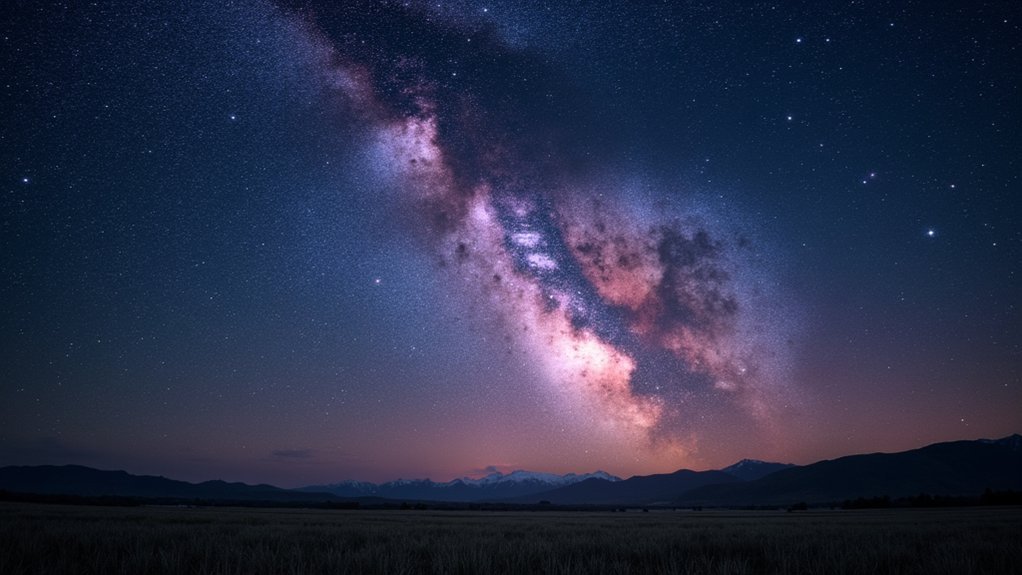
While automated tools like DeepSkyStacker offer convenience, photographers seeking absolute creative authority often turn to Manual Photoshop Layer Blending techniques.
This approach involves importing your individual exposures as layers and using blending modes like “Lighten” to combine them effectively.
You’ll need to align your layers accurately—Photoshop’s “Auto-Align Layers” feature handles this beautifully, even with moving stars.
Create layer masks to selectively reveal or hide parts of each exposure, giving you precise control over foreground elements and problematic noise areas.
Frequently Asked Questions
What Is the Easiest Astrophotography Stacker?
Sequator is your easiest option for astrophotography stacking. It offers a user-friendly interface that simplifies the image merging process. Autostakkert! comes second, particularly if you’re working with planetary images.
What Is the Best Free Photo Stacking Software?
For free photo stacking software, DeepSkyStacker is your best bet as a beginner with its user-friendly interface. If you’re seeking more advanced features, Siril offers greater control over your astrophotography processing workflow.
What Is the Best White Balance Setting for the Milky Way?
For Milky Way photography, you’ll want to set your white balance between 3500K-4000K. Shooting in RAW gives you flexibility, though many photographers prefer the “Tungsten” setting (3200K) to enhance the night sky’s blue tones.
What Is the Ideal Image Stack?
For ideal Milky Way stacking, you’ll want 10-12 light frames with consistent settings, plus 5-8 dark frames to reduce noise. Use median stacking in software like Sequator to preserve details while eliminating random noise.
In Summary
You’ll be amazed at the stellar results possible with these affordable Milky Way stacking options. Whether you’re using Sequator’s free automation, DeepSkyStacker’s powerful algorithms, or Photoshop’s manual control, you don’t need expensive software to create stunning night sky images. Choose the method that matches your workflow preferences and watch as your astrophotography transforms with cleaner, more detailed galactic shots—all without breaking the bank.
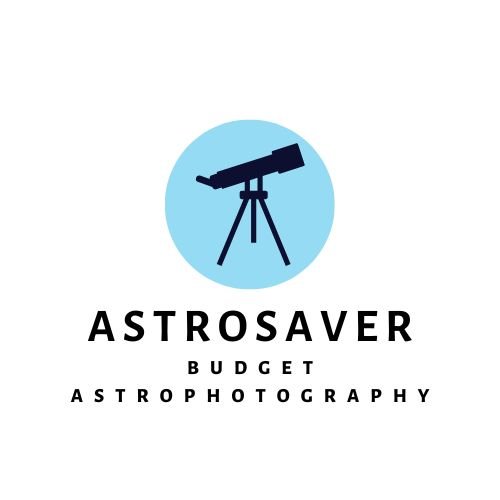

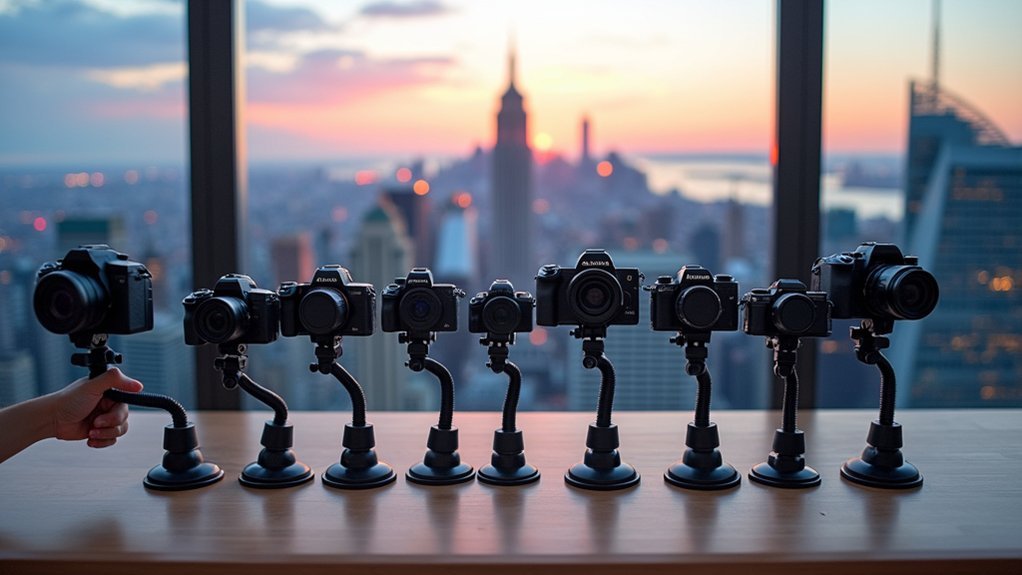

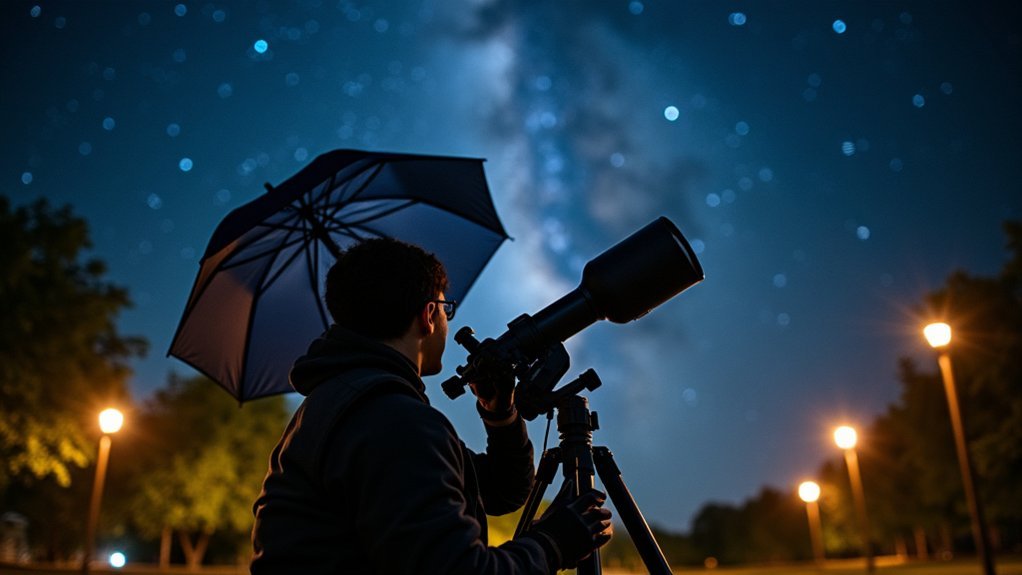
Leave a Reply